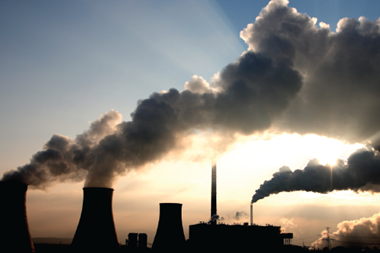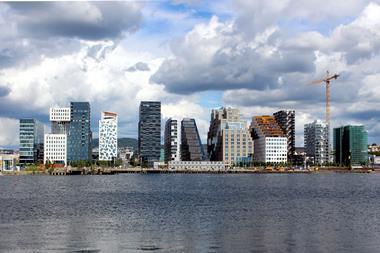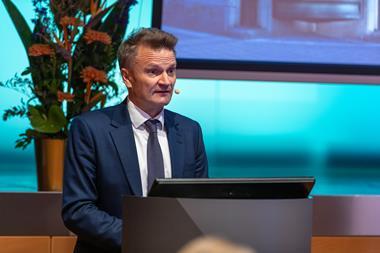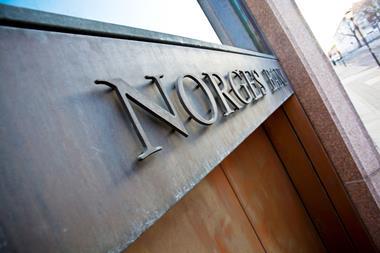Huge extra costs from the recent pandemic combined with drastic falls in oil revenue have forced Norway’s government to take a hitherto unseen amount out of the Government Pension Fund Global (GPFG) this year to balance the budget.
According to the draft revised 2020 budget of Prime Minister Erna Solberg’s government published on Tuesday, NOK382bn (€34.6bn) will flow out of the now NOK10.1trn sovereign wealth fund this year, instead of the NOK3.9bn inflow it was set to receive when the budget was outlined in October.
The figure has changed dramatically in the intervening six months partly because of a sharp increase in spending needs as a result of the COVID-19 outbreak, and also as a result of plummeting national petroleum revenues following the collapse of international oil prices.
The government said its proposed 2020 revised budget called for the use of almost NOK420bn of petroleum revenues, which it said represented 4.2% of the GPFG’s capital.
Finance Minister Jan Tore Sanner said: “Increased spending has been a necessity in the current situation – both to avoid an even sharper downturn and to help healthy companies through the crisis so they can create jobs and growth when normal circumstances return.”
In the revised budget, the “structural oil-corrected budget deficit” – the term for the amount of petroleum revenues the government plans to use in the budget – is NOK419.6bn, up from NOK243.6bn in the October plan.
However, 2020 income from petroleum activities was posted as just NOK125.8bn in the revised budget, less than half the NOK273bn foreseen in the original budget.
At 4.2% of the GPFG, the proposed withdrawal this year breaks the 3% long-term fiscal guideline on the maximum amount of the fund the government should use in any one year – a rule it has stuck to for the last five years.
“Getting back to the long-term guideline for using oil revenues could be difficult,” the government said in its budget document, but added that it was nevertheless important to restore sustainability in public finances.
“In earlier periods of sharp increases in oil money use, the growth of the fund’s value made it easy to return to the 3% path. But now the prospect is for lower growth in fund capital,” it said.
Back in 2009 and 2010, the government used a similarly high proportion of the fund as it proposes doing this year, at 4.2% and 4% of the GPFG’s capital respectively in those two annual budgets, according to official figures.
However, at that time the fund’s value was only a quarter of its current level.












No comments yet